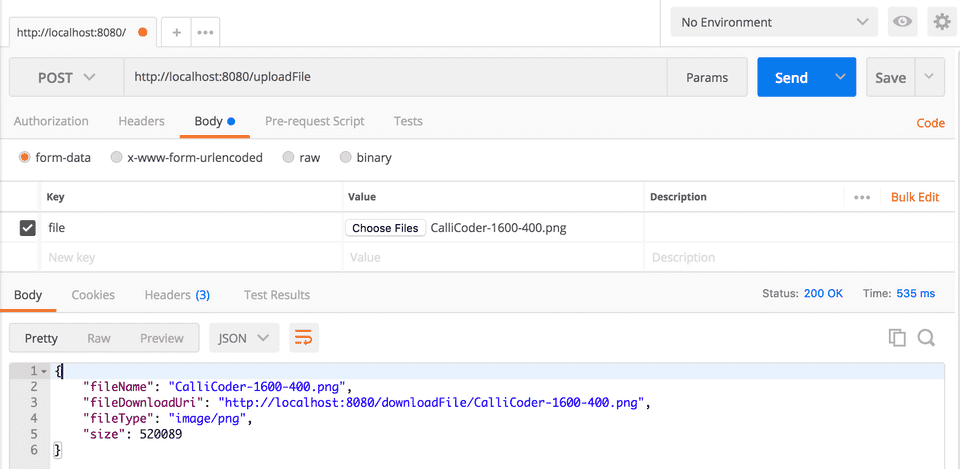
The very simplest example of downloading a file is as follows. The WebClient class itself is really easy to use.

This is needed in order to use the WebClient class without requiring a fully qualified namespace. Synchronous exampleįirst of all, make sure you have the appropriate using statement in place, as follows. Let’s look at a few examples of how to download a file using WebClient. The WebClient class also includes methods for uploading resources to web servers. This includes methods to download files, strings, and arbitrary binary data using byte arrays. NET Framework, the WebClient class has provided some really useful methods for working with files. Note that you can also work with the HttpRequestMessage class directly for low-level access to HTTP requests, but I find that this approach is rarely required, especially not for simpler operations like downloading files.

These are the WebClient and HttpClient classes which I will cover in the following sections. When using C# there are two main options that. This article covers how to download files with C# using the classes and methods that are conveniently built into the. I believe it is useful to have examples to refer to for how to accomplish this in your language of choice, both synchronously and asynchronously. You can click Save Response > Save to a file to store the file on disk: Those are some code examples about File upload API and File download API implemented in Java and Spring framework.Downloading files programmatically is a common task that most programming languages expose different APIs for. you will see some special characters in the response’s body, which is the content of the file downloaded.

Test File Download API with PostmanIn Postman, create a new HTTP GET request with the following URL (copy the file code in the downloadUri field of upload’s response):

If a file found, it sends the file resource as body of the response.Also note the statements that set the content type and header of the response.Ĩ. If no file found, it returns HTTP status NOT FOUND (404). + INTERNAL_SERVER_ERROR if any IO error occurs on the server + OK if upload successful, with the following JSON: As you see, the handler method uses the FileDownloadUtil class to look for a matching file based on the given fileCode.


 0 kommentar(er)
0 kommentar(er)
